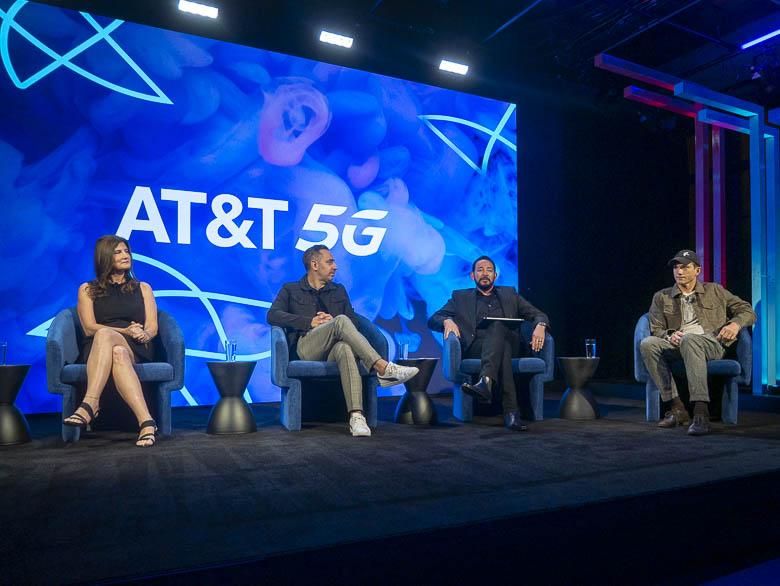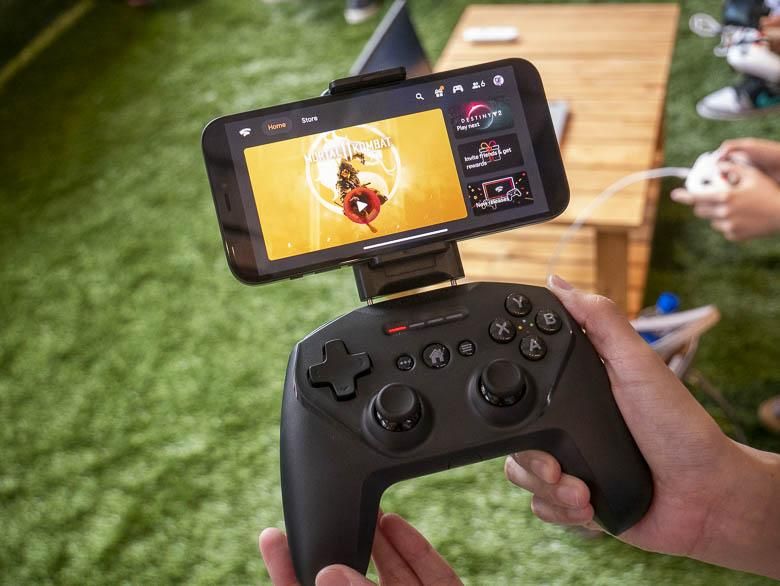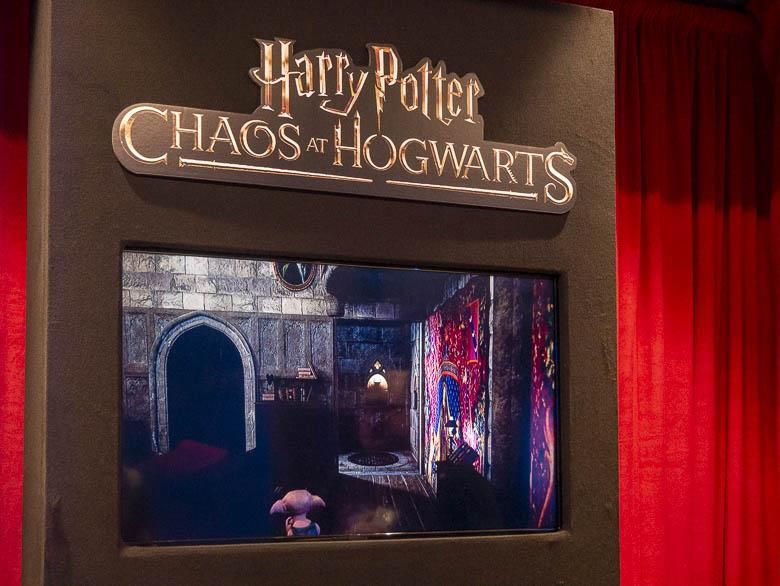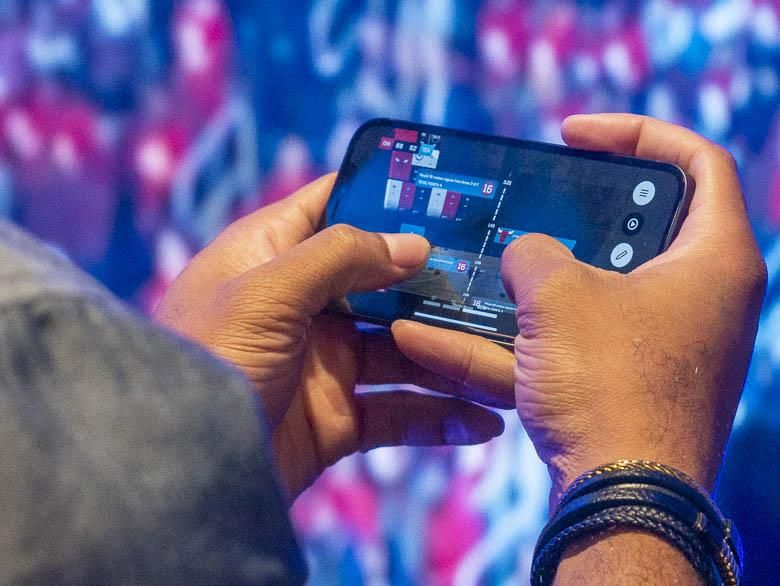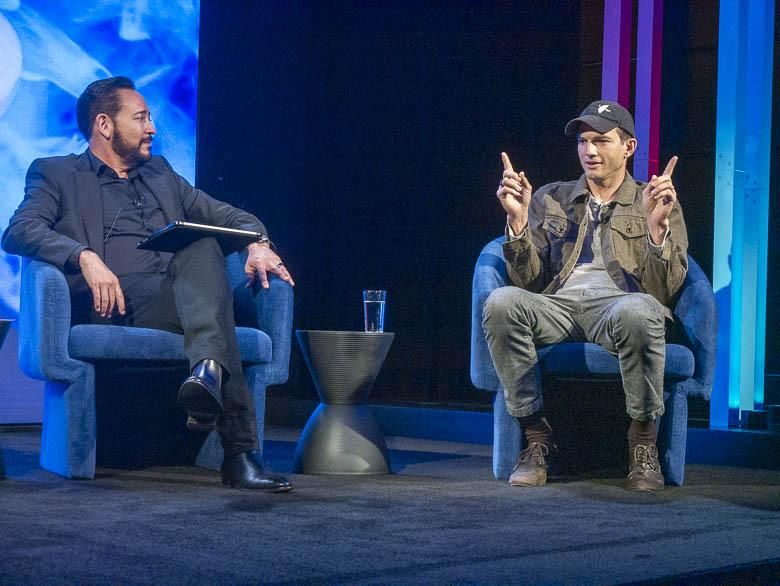We've been hearing about the advantages of 5G's high-speed wireless data connections for years now, but if you have a 5G capable phone, you probably rarely see significant speed boosts and you may not even know why you would want higher bandwidth. At least for me, most of the time that I see a 5G indicator on my phone, the speed test is barely faster than the regular 4G connection. 4G LTE is already pretty great for uploading videos to Tik Tok or Instagram. It's great for remote access to desktop computers and virtual machines via virtual private networks, too. However, there are going to be use cases in the future that will really take advantage of higher bandwidth internet connections and AT&T was here to remind us this week with a few cases that are usable today.
Crazy speeds in airports
First off, Boingo has been deploying AT&T's 5G+ (their mmWave version of 5G) at 7 major U.S.A. airports in 2021 with 25 more airports to come in 2022. Boingo has already deployed this in the Tampa Florida airport, and our friend Ray Doan emailed us a screenshot of his speed test while at that airport recently.
I was skeptical at first, saying, "Yeah, but how big is the area where you get that speed?" because mmWave 5G doesn't have a huge amount of range and doesn't pass through walls very well. Ray said that actually, it seems to be everywhere inside the airport, which is really great news. Of course, on his 5G iPhone, the mmWave 5G certainly kills the battery a lot more quickly. Still having some high bandwidth internet access for playing a game, downloading movies, or syncing work data while waiting for a flight is pretty awesome.
Game Streaming
Cloud gaming is one use case for high-bandwidth wireless data connections that is really compelling. Right now, with console or PC gaming, you either have to install a huge game from a set of disks or download a huge game from the internet. That could take hours!
With game streaming, the games are installed in a virtual machine or some sort of container in a data center. All of those hundreds of gigabytes of data are in the cloud somewhere. The user only needs a device that can stream the video output from the game and upstream the control input signals. Those two things don't take up nearly as much bandwidth as downloading a 120Gb game, but they do require very low-latency instant response times for a good gaming experience, and that's where high-speed 5G access comes in very handy.
Currently, game streaming is limited to mostly existing console games, but if we get a larger coverage of 5G or equivalent high-speed internet connections, games could be developed to make larger use of huge underground data centers rather than being limited to the graphics and processing capabilities of home console game systems.
Virtual Reality
Speaking of game streaming, another type of gaming will really be able to take advantage of high bandwidth data connections. Currently, getting really good virtual reality experiences still requires a wired connection to a very powerful computer. With high-speed 5G wireless data, we can instead stream the video output to a wireless headset and stream the input from the headset sensors & controls to/from much more powerful cloud-based computing centers that could exist anywhere.
AT&T has been experimenting with this using a Harry Potter experience game that is currently available (as a tethered version) at the Harry Potter store in New York City. A wireless 5G-enabled version is being tested in California though.
Augmented Reality
Augmented reality has been a little more popular than virtual reality as it combines real-life camera footage with overlay-ed graphics. All of those filters in things like Instagram that detect your face and add graphics are examples of augmented reality. This can be done while pointing your camera at other things as well.
The NBA Bulls app has an augmented reality feature where you can point your phone at a basketball game and it will overlay useful graphics to augment your basketball watching experience.
In Dallas, Chicago, and San Francisco AT&T flagship stores there are 5G enabled Space Jam Tune Squad tabletop promo areas where you can create an augmented reality video of yourself. There are also some new Space Jam-themed Instagram filters available in partnership with Facebook. Bookful, an augmented reality reading app, has added some AR 3D experiences to some children's book reading experiences, too.
Future
Of course, the real excitement about 5G should be what will be possible 5 or 10 years from now. Smartphones 20 years ago only had 18kb/s-56kb/s wireless data speeds; great for text-based emails and lightweight WAP sites, but sending a crappy photo or downloading a map was terrible. Today we can easily remotely control desktops/servers, control IoT devices, stream videos & audio, and add fake dog ears to our faces... tomorrow we'll be able to stream virtual reality, automate vehicular traffic, automate factories & deliveries, and who knows what else?

